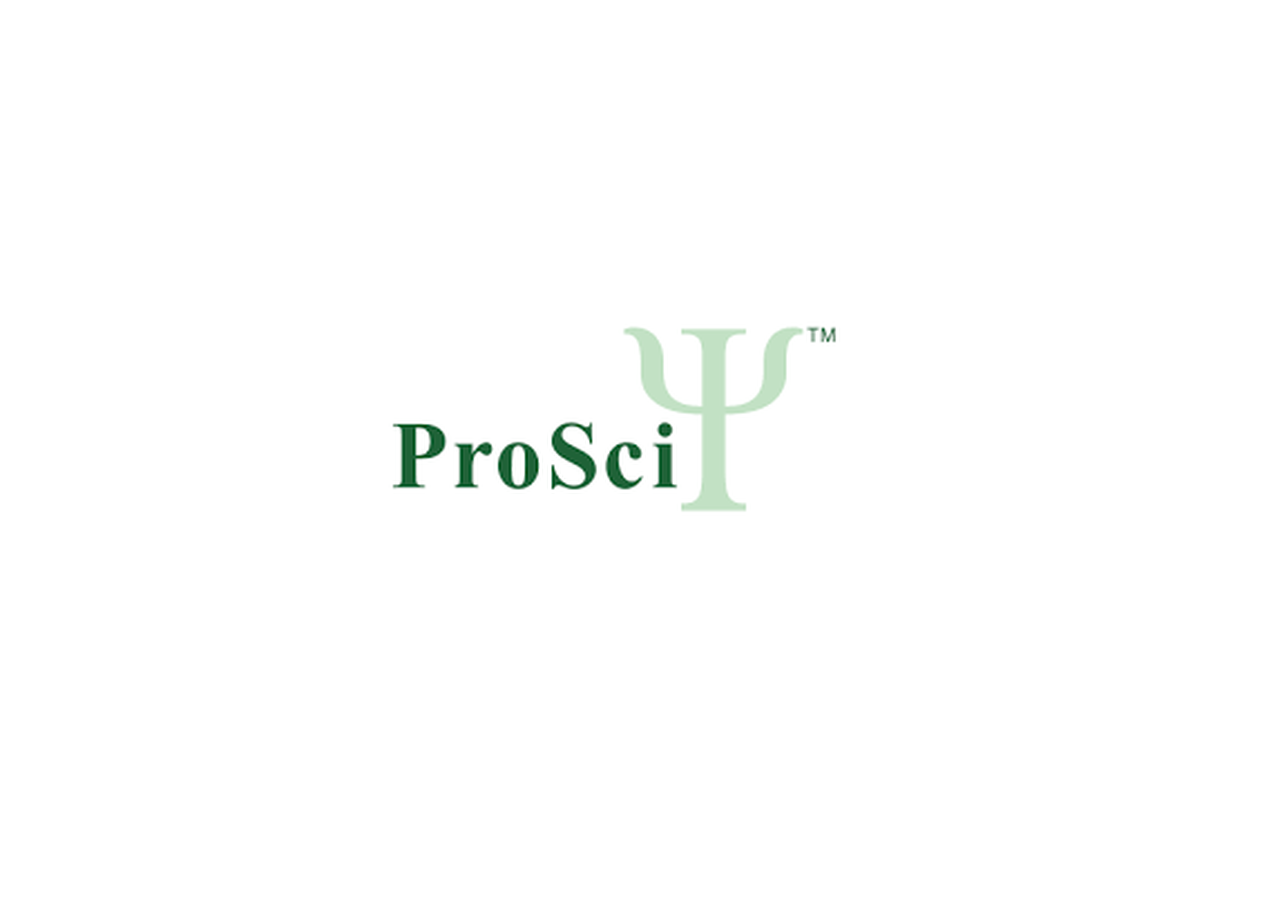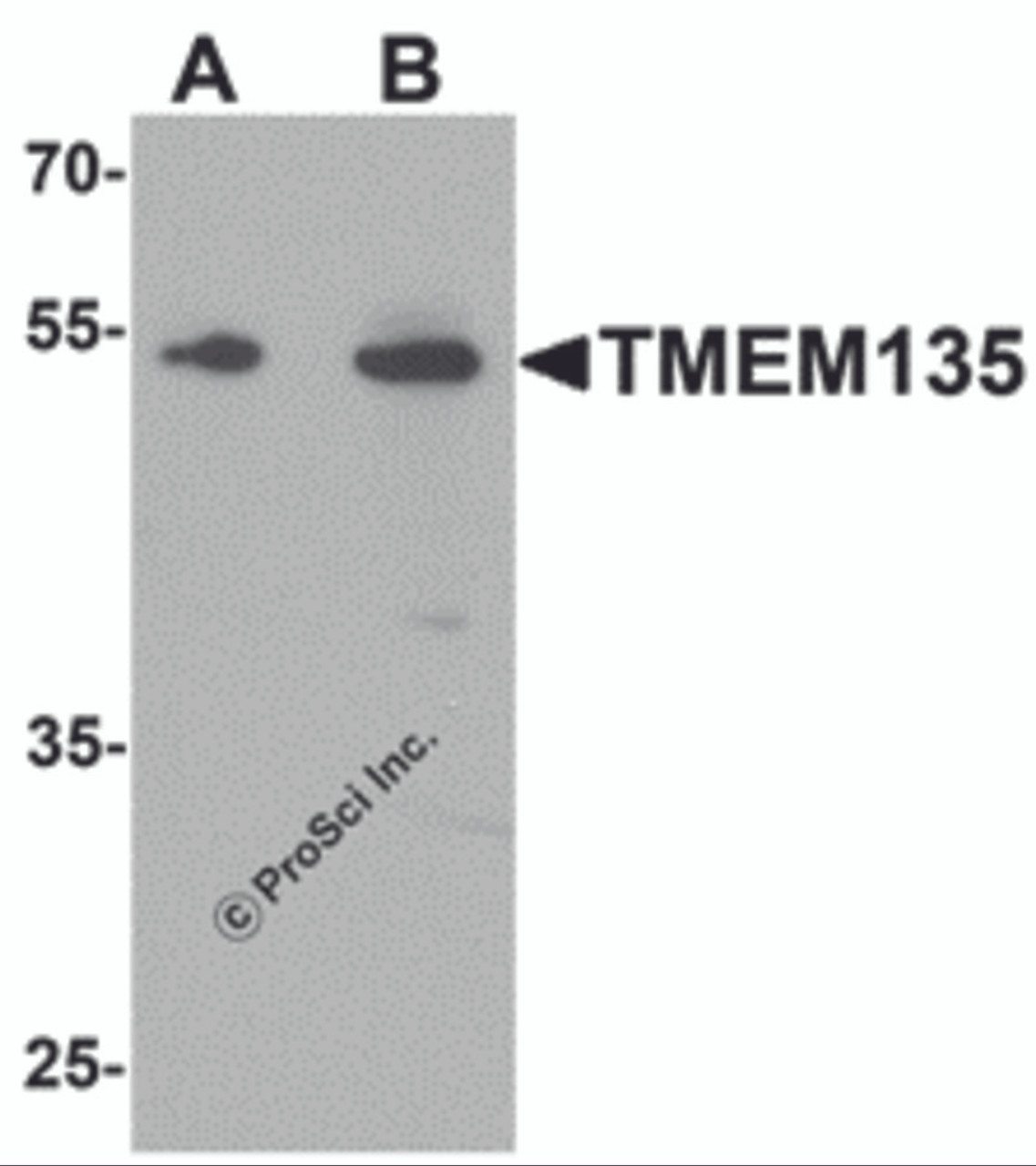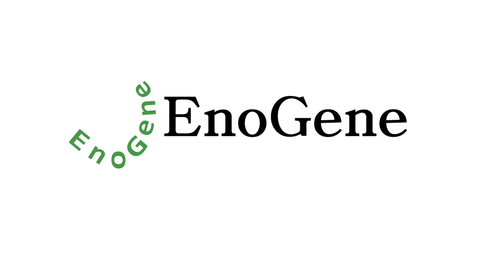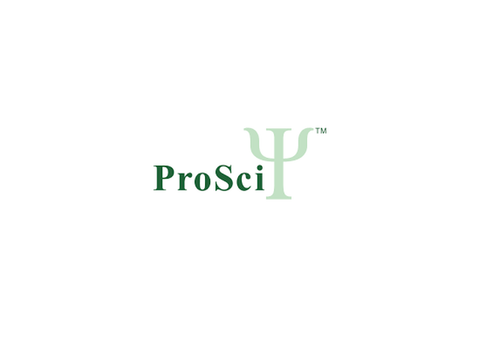Product Description
TMEM135 Antibody | 7291 | ProSci
Host: Rabbit
Reactivity: Human, Mouse, Rat
Homology: Predicted species reactivity based on immunogen sequence: Bovine: (94%)
Immunogen: TMEM135 antibody was raised against a 16 amino acid peptide near the carboxy terminus of human TMEM135 .
The immunogen is located within the last 50 amino acids of TMEM135.
Research Area: Obesity
Tested Application: E, WB, IHC-P, IF
Application: TMEM135 Antibody can be used for detection of TMEM135 by Western blot starting at 1 μg/mL.
Antibody validated: Western Blot in rat samples; Immunohistochemistry in human samples and Immunofluorescence in human samples. All other applications and species not yet tested.
Specificiy: At least two isoforms of TMEM135 are known to exist; this antibody will detect both isoforms.
Positive Control 1: Cat. No. 1464 - Rat Liver Tissue Lysate
Positive Control 2: Cat. No. 10-201 - Human Liver Tissue Slide
Positive Control 3: N/A
Positive Control 4: N/A
Positive Control 5: N/A
Positive Control 6: N/A
Molecular Weight: Predicted: 50 kDa
Observed: 53 kDa
Validation: N/A
Isoform: N/A
Purification: TMEM135 Antibody is affinity chromatography purified via peptide column.
Clonality: Polyclonal
Clone: N/A
Isotype: IgG
Conjugate: Unconjugated
Physical State: Liquid
Buffer: TMEM135 Antibody is supplied in PBS containing 0.02% sodium azide.
Concentration: 1 mg/mL
Storage Condition: TMEM135 antibody can be stored at 4˚C for three months and -20˚C, stable for up to one year.
Alternate Name: TMEM135 Antibody: PMP52, Transmembrane protein 135, Peroxisomal membrane protein 52, PMP52
User Note: Optimal dilutions for each application to be determined by the researcher.
BACKGROUND: TMEM135 Antibody: The transmembrane protein 135 (TMEM135) , also known as peroxisomal membrane protein 52 (PMP52) , was initially identified as a protein that might be critical for adipogenesis and osteoblastogenesis. Further studies have indicated that TMEM135 may be part of a regulatory circuit that plays an important role in fat metabolism and energy expenditure in both C. elegans as well as mammalian organisms. Finally, recent experiments has suggested that TMEM135 may be an additional driver of breast cancer.
 Euro
Euro
 USD
USD
 British Pound
British Pound
 NULL
NULL












